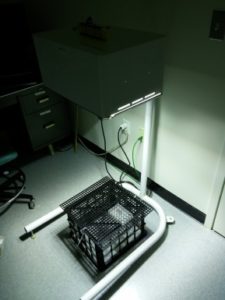Introduction to Photosafety
Compounds that absorb in the UV/visible light spectra and are applied or distribute to sun-exposed areas, like skin and eyes, are candidates for photosafety evaluation. These compounds may become more toxic or reactive after exposure to sunlight. Systemically administered compounds such as pharmaceuticals, and topically applied compounds such as cosmetics, fragrances, and personal care products can be evaluated in a battery of alternative test methods to address photosafety. First, a UV-VIS analysis is performed to determine if the compound absorbs sufficient light. The phototoxicity potential can be addressed using the cell-based 3T3 Phototoxicity Neutral Red Uptake (NRU) Assay (OECD TG 432) and the Reconstructed Human Epidermis (RhE) Phototoxicity Assay.
IIVS is now investigating alternative test methods to assess photoallergy by way of optimization, experiences, and modifications to standard photosafety assays, in combination with skin sensitization assays. We are currently evaluating a battery of skin sensitization assays such as: DPRA, KeratinoSens, and hCLAT modified to include a light exposure step. Photoallergy is of great concern since a few photoallergens have been associated with producing persistent light reactions, or continued inflammatory responses in the presence of UV light even after removal of the offending compound.

Solar SIMULATOR (Plate irradiation)
